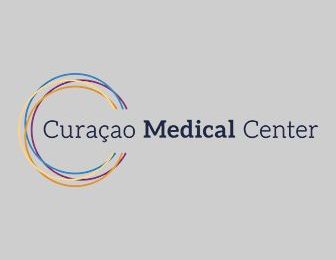Overview
In general, skin abnormalities, such as small skin tumors, moles and subcutaneous swellings, are removed on an outpatient basis under local anesthesia. This will always cause a scar. The way in which the treatment is done and the way in which your body heals determine the final aspect of the scar. Certain body parts such as the shoulders, back and sternum give an increased risk of disturbing scarring than elsewhere on the body. This is caused by the fact that there is more tension on the wound in these locations during healing. Furthermore, it will be clear that a wound caused by a sharp knife gives ‘nicer’ scars than, for example, a tear wound. Also, a disturbed wound healing (for example after wound infection) can lead to an excessive scar.
Skin abnormalities can be benign (for example, a fibroma, a fat tumor (also called lipoma) or clogged sebaceous glands (atheroom)) or malignant (including basal cell carcinoma or basalioma, melanoma). Usually the removed abnormality is sent for PA (Pathological Anatomical) examination in order to know what the abnormality was and whether it has been completely removed.
Examination
The plastic surgeon examines and discusses with you what the abnormality is. He explains which surgical techniques are most suitable for you and discusses the advantages and disadvantages of this.
Preparation
If you are taking blood-thinning medications (e.g. marcoumar, aspirin, sintrom(itis), ascal, clopidogel) you should report this during the conversation. The use of these drugs should be discontinued 1 week before surgery. If you are under treatment elsewhere or are allergic to a certain substance or medicine, you must also report this.


The treatment
An appointment is made for the outpatient procedure.
You must report to the desk of the waiting room of the Outpatient Operation Room minutes before the agreed time.
When removing a skin abnormality, the plastic surgeon should take into account the extent of the abnormality and the location. We will always try to perform the procedure in such a way with a view to the least scarring.
After the treatment
Precepts and care advice depend on which treatment you undergo. Your plastic surgeon will inform you about this.
In general, you will not experience much pain after surgery. Some patients experience a slight swelling of the scar or stiffness of the area for some time after the operation.
In general, suture patches are placed over the wound, as well as a larger patch or bandage. You can remove it yourself the day after the treatment. You leave the adhesive plasters in place until you return to the outpatient clinic for a check-up. After 1 to 2 weeks, the sutures will be removed at the outpatient clinic. You can simply shower, where the plasters and the wound may get wet.
The more rest you give the surgical wound, the more beautifully the scar heals. It is therefore advisable not to exercise, swim, bathe and heavy lifting for 2 to 6 weeks. Your doctor will discuss this with you. Massage with a cream or lotion can make the scars more quickly supple, but you should only do this after the stitches have been removed and when the wounds have completely healed. As long as the scars are red, it is advisable to protect them with a sunblock. You should keep in mind that it takes at least 6 (face) to 12 (rest of the body) months for scars to heal completely.
You will be called the next day for an appointment for an outpatient check-up.
Possible complications and risks
Some scars eventually become wider than expected. The plastic surgeon will always try to make the scar as inconspicuous as possible, but the scar will never completely disappear. Therefore, be well informed about what you can expect as a scar.


Justification text
This text is intended to complement the conversation with your doctor. The general information cannot always do justice to each individual situation. If you have any questions after reading this information, the plastic surgeon will be happy to discuss them with you during the consultation hour. It can be useful to put your questions on paper in advance.

